| Company Name |
Stock Ticker |
Market Cap (Billion) |
Dividend Yield (%) |
Link |
| Apple |
AAPL |
2,850 |
0.55 |
AAPL |
| Microsoft |
MSFT |
2,650 |
0.85 |
MSFT |
| Johnson & Johnson |
JNJ |
377.58 |
3.36 |
JNJ |
| Procter & Gamble |
PG |
400.10 |
2.49 |
PG |
How to Choose the Best Large-Cap Fund for Your Portfolio
Introduction
Investors seeking stability and long-term growth often turn to large-cap funds, which consist of well-established companies with strong market capitalization. These funds provide reliable returns, making them a preferred choice for risk-averse investors. Large-cap stocks tend to withstand economic fluctuations, offering resilience during downturns. When selecting a large-cap fund, factors such as expense ratios, historical performance, and sector diversification play a crucial role in ensuring optimal portfolio allocation. Understanding these key considerations can help investors make informed decisions that align with their financial goals.
Understanding Large-Cap Funds
Large-cap funds invest in companies with market capitalizations exceeding $10 billion, offering stability and consistent returns. These funds primarily focus on well-established firms with strong financials and industry leadership. Investors favor large-cap funds for their lower volatility compared to mid-cap and small-cap funds, making them a reliable choice for long-term growth. Compared to mid-cap and small-cap funds, large-cap funds exhibit lower risk and more predictable performance. Mid-cap funds invest in companies with market capitalizations between $2 billion and $10 billion, offering higher growth potential but increased volatility. Small-cap funds target firms with market values below $2 billion, often experiencing rapid expansion but carrying significant risk.
Historically, large-cap funds have demonstrated resilience during economic downturns while delivering steady returns over time. Many large-cap stocks, such as Apple AAPL and Microsoft MSFT, have consistently outperformed broader market indices. Over the past decade, large-cap funds have maintained an average annual return of approximately 10 percent, reinforcing their reputation as a dependable investment vehicle.
Sources:
Finance Strategists, India Infoline, Moneycontrol
Top Large-Cap Funds in 2025
Large-cap funds continue to be a preferred investment choice in 2025, offering stability and consistent returns. Among the top-performing funds, Fidelity Contrafund FCNTX has maintained strong growth, delivering a five-year annualized return of 20.5 percent. Similarly, Shelton Nasdaq-100 Index Investor NASDX has provided investors with exposure to leading technology firms, achieving a five-year return of 21 percent. Expense ratios play a crucial role in determining net returns for large-cap funds. Canara Robeco Bluechip Equity Fund maintains a low expense ratio of 0.48 percent while delivering an annualized return of 19.63 percent over three years. Kotak Bluechip Fund, with an expense ratio of 0.62 percent, has shown strong performance with a five-year return of 25.29 percent. Investors seeking cost-effective options should consider funds with lower expense ratios, as they significantly impact long-term profitability.
The debate between actively managed and passive large-cap funds continues in 2025. Actively managed funds aim to outperform market indices through strategic stock selection and portfolio adjustments, often carrying higher expense ratios. In contrast, passive funds, such as Fidelity ZERO Large Cap Index Fund FNILX, track benchmark indices with minimal management intervention, offering lower costs. While passive funds provide broad market exposure, actively managed funds may offer higher returns in specific market conditions.
Sources:
Financial Express, Forbes, Morningstar
Risk and Return Considerations
Large-cap funds offer a balanced approach to risk and reward, making them a preferred choice for investors seeking stability. These funds primarily invest in companies with strong financials and established market positions, reducing exposure to extreme volatility. While they may not deliver the rapid gains seen in small-cap stocks, their ability to generate consistent returns over time makes them a reliable component of diversified portfolios. Volatility trends indicate that large-cap stocks tend to be more resilient during market fluctuations. Companies such as Johnson & Johnson JNJ and Procter & Gamble PG have historically maintained steady performance even during economic downturns. Large-cap stocks often exhibit lower price swings compared to mid-cap and small-cap stocks, making them attractive for conservative investors.
Case studies of large-cap funds during economic downturns highlight their resilience. During the 2008 financial crisis, funds heavily invested in large-cap stocks recovered faster than those focused on smaller companies. Similarly, in the 2020 market downturn, large-cap funds demonstrated stability, with companies like Microsoft MSFT and Apple AAPL rebounding quickly.
Sources:
Finance Strategists, Transamerica, Morningstar
Institutional and Retail Investor Sentiment
Institutional investors play a significant role in shaping large-cap fund performance. These investors, including pension funds, hedge funds, and mutual funds, manage substantial capital, influencing stock prices and market trends. Their large-scale investments provide liquidity and stability, reducing volatility in large-cap stocks. Companies with high institutional ownership often experience steady growth, as these investors conduct extensive research before committing funds. Retail investor trends in large-cap investing have evolved with increased access to financial markets. More individual investors are participating in large-cap funds due to the availability of low-cost index funds and ETFs. The rise of digital trading platforms has further empowered retail investors, allowing them to diversify portfolios efficiently.
Experts predict continued strength in large-cap funds, driven by economic stability and corporate earnings growth. Analysts highlight that large-cap stocks remain a cornerstone of diversified portfolios, offering resilience during market downturns. While mid-cap and small-cap stocks provide higher growth potential, large-cap funds ensure steady returns with lower risk.
Sources:
FasterCapital, World Economic Forum, Forbes
Portfolio Allocation Strategies
Integrating large-cap funds into a diversified portfolio requires a strategic approach to balance risk and reward. Large-cap stocks provide stability and consistent returns, making them a strong foundation for any investment strategy. Investors often allocate a significant portion of their portfolios to large-cap funds while complementing them with mid-cap and small-cap investments to enhance growth potential. Balancing large-cap investments with mid-cap and small-cap stocks is essential for achieving optimal asset allocation. Mid-cap stocks offer moderate growth potential with slightly higher risk, while small-cap stocks provide aggressive growth opportunities but come with increased volatility. A balanced mix of large-cap, mid-cap, and small-cap investments allows for steady growth while mitigating excessive risk.
Long-term strategies for maximizing returns with large-cap funds focus on maintaining a diversified portfolio and adjusting allocations based on market conditions. Investors often use dollar-cost averaging to reduce the impact of market fluctuations while reinvesting dividends to compound returns. Additionally, selecting high-quality large-cap stocks with strong fundamentals ensures consistent performance over time.
Sources:
Morningstar, Money Under 30, MarketClutch, FasterCapital, Northern Trust, Investopedia
Economic Factors Affecting Large-Cap Funds
Inflation, interest rates, and global economic trends significantly impact large-cap funds. Rising inflation erodes purchasing power, prompting central banks to adjust interest rates, which can influence stock valuations. Historically, large-cap stocks have shown resilience during inflationary periods due to their strong pricing power and established market positions. Sector-wise analysis reveals that large-cap fund performance varies across industries. Technology and healthcare sectors have consistently outperformed, driven by innovation and consumer demand. Financial and energy stocks tend to be more sensitive to economic cycles, with financial firms benefiting from higher interest rates while energy companies react to commodity price fluctuations.
Predictions for large-cap fund growth in the coming years indicate steady expansion. Analysts forecast moderate returns, with large-cap stocks expected to deliver an average annual growth rate of 7 to 9 percent. Factors such as corporate earnings growth, geopolitical stability, and fiscal policies will shape market performance.
Conclusion
Large-cap funds remain a cornerstone of investment portfolios, offering stability, consistent returns, and resilience during market fluctuations. Institutional investors continue to shape fund performance, while retail investors increasingly favor large-cap stocks for their predictable growth. Economic factors such as inflation and interest rates play a crucial role in fund valuations, influencing sector-wise performance and future growth projections. With careful portfolio allocation strategies, investors can maximize returns by balancing large-cap investments with mid-cap and small-cap stocks. As global markets evolve, large-cap funds are expected to maintain steady expansion, making them a reliable choice for long-term financial security.
Expert Analysis:
Investment professionals emphasize that large-cap funds remain a cornerstone of stable portfolios. While mid-cap and small-cap stocks offer higher growth potential, large-cap funds provide resilience during market fluctuations. Investors should focus on funds with low expense ratios and strong historical performance, ensuring consistent returns. Diversification within large-cap sectors can further enhance portfolio stability.
📌Read More About:
Top Large Cap Stocks https://stockbossup.com/pages/topics/large-cap
What Are Large US Cap Stocks?- https://stockbossup.com/pages/post/39045/understanding-large-us-cap-stocks-and-their-market-influence
What Percentage of the Market is Large Cap?- https://stockbossup.com/pages/post/39124/what-percentage-of-the-stock-market-is-large-cap-market-breakdown-and-investment-insights
Why Are Large Caps Outperforming?- https://stockbossup.com/pages/post/39128/why-large-cap-stocks-are-outperforming-market-trends-and-investment-insights
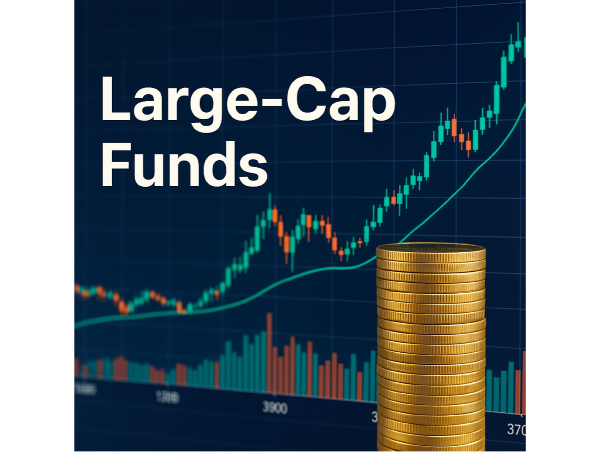

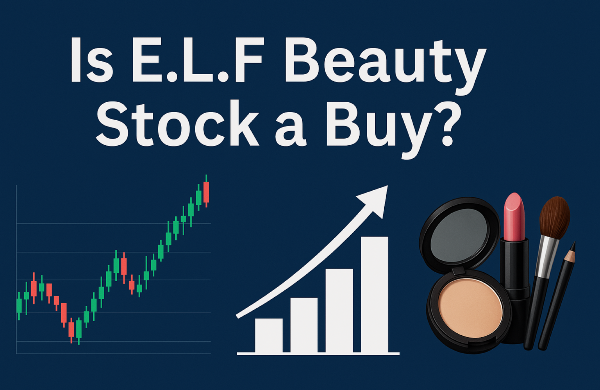
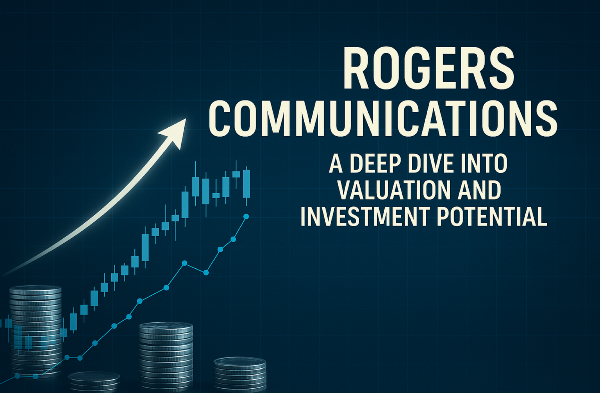
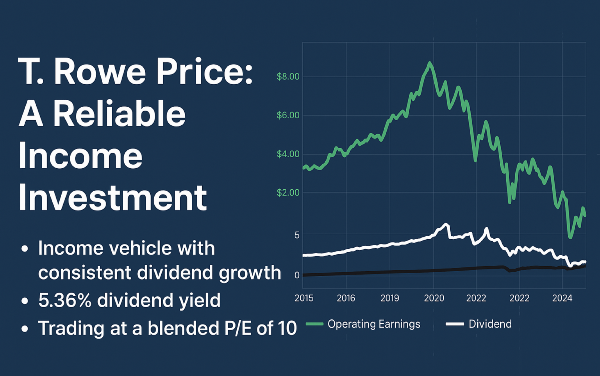
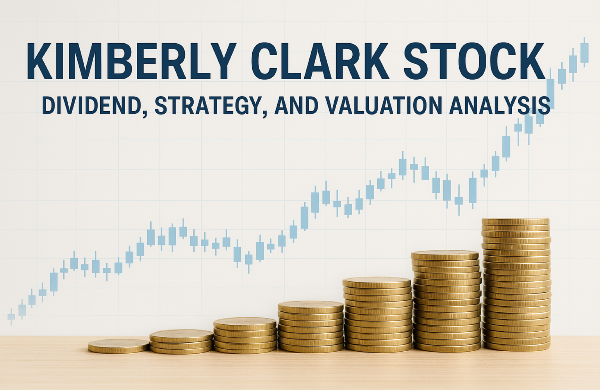

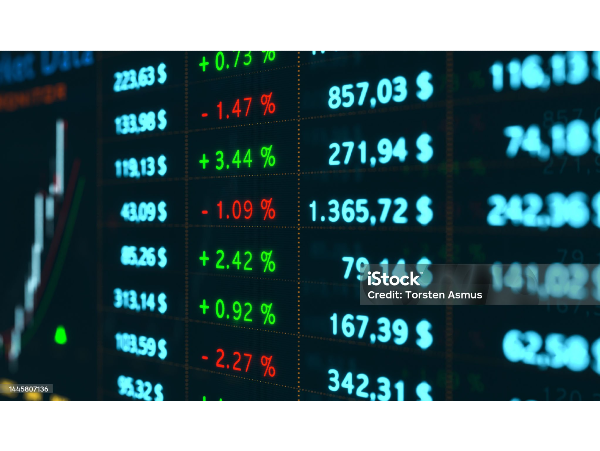

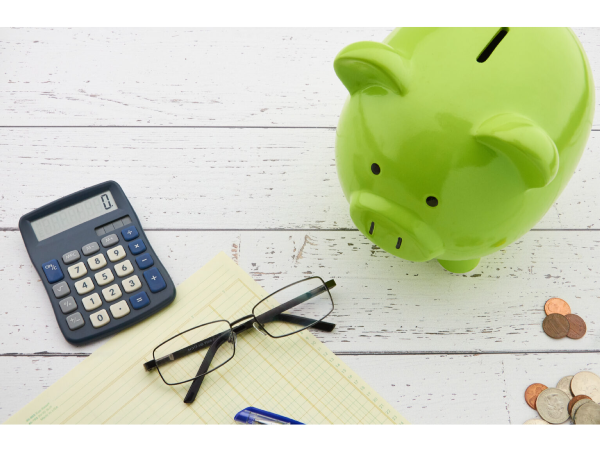
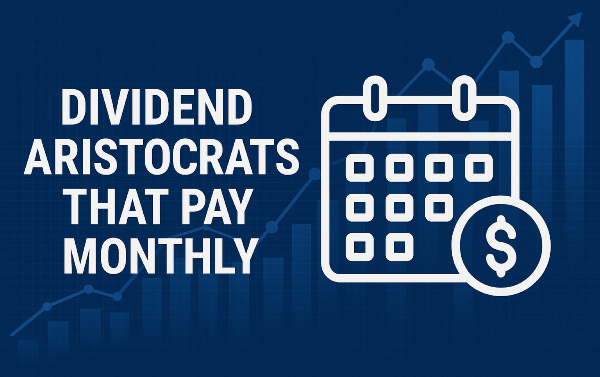
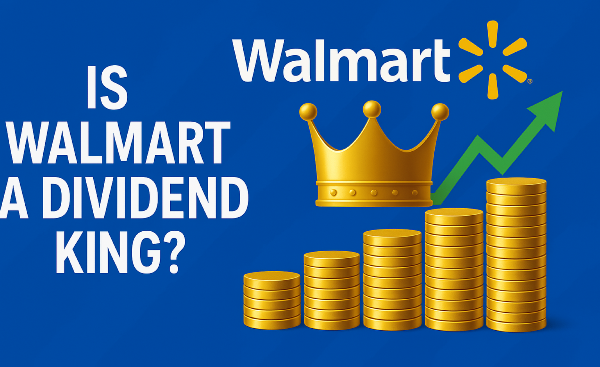
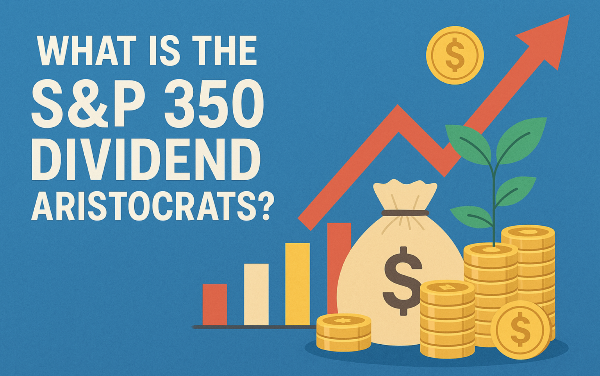
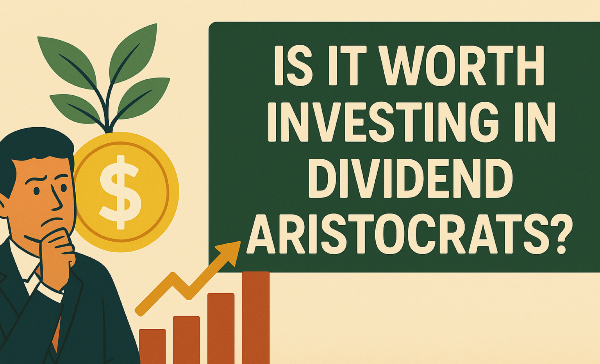
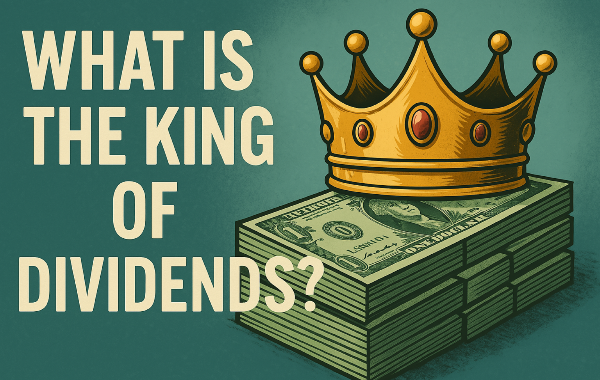
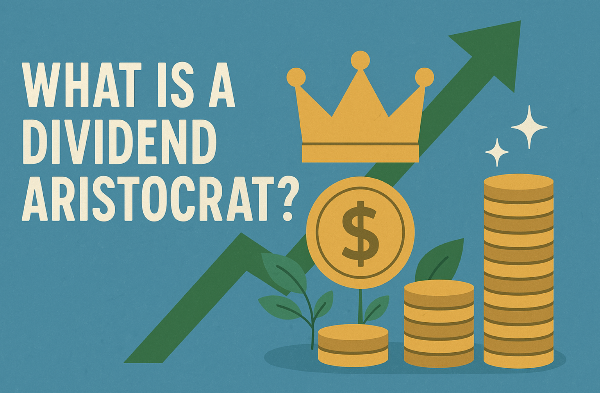
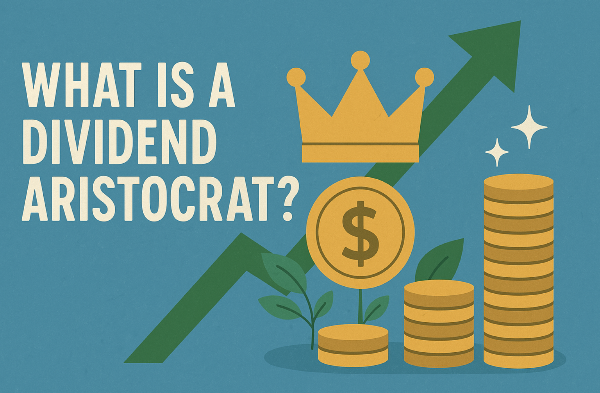
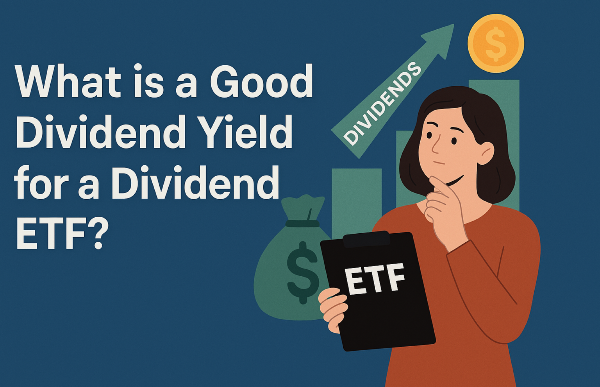












How to Choose the Best Large-Cap Fund for Your Portfolio
Introduction
Investors seeking stability and long-term growth often turn to large-cap funds, which consist of well-established companies with strong market capitalization. These funds provide reliable returns, making them a preferred choice for risk-averse investors. Large-cap stocks tend to withstand economic fluctuations, offering resilience during downturns. When selecting a large-cap fund, factors such as expense ratios, historical performance, and sector diversification play a crucial role in ensuring optimal portfolio allocation. Understanding these key considerations can help investors make informed decisions that align with their financial goals.
Understanding Large-Cap Funds
Large-cap funds invest in companies with market capitalizations exceeding $10 billion, offering stability and consistent returns. These funds primarily focus on well-established firms with strong financials and industry leadership. Investors favor large-cap funds for their lower volatility compared to mid-cap and small-cap funds, making them a reliable choice for long-term growth. Compared to mid-cap and small-cap funds, large-cap funds exhibit lower risk and more predictable performance. Mid-cap funds invest in companies with market capitalizations between $2 billion and $10 billion, offering higher growth potential but increased volatility. Small-cap funds target firms with market values below $2 billion, often experiencing rapid expansion but carrying significant risk.
Historically, large-cap funds have demonstrated resilience during economic downturns while delivering steady returns over time. Many large-cap stocks, such as Apple AAPL and Microsoft MSFT, have consistently outperformed broader market indices. Over the past decade, large-cap funds have maintained an average annual return of approximately 10 percent, reinforcing their reputation as a dependable investment vehicle.
Sources: Finance Strategists, India Infoline, Moneycontrol
Top Large-Cap Funds in 2025
Large-cap funds continue to be a preferred investment choice in 2025, offering stability and consistent returns. Among the top-performing funds, Fidelity Contrafund FCNTX has maintained strong growth, delivering a five-year annualized return of 20.5 percent. Similarly, Shelton Nasdaq-100 Index Investor NASDX has provided investors with exposure to leading technology firms, achieving a five-year return of 21 percent. Expense ratios play a crucial role in determining net returns for large-cap funds. Canara Robeco Bluechip Equity Fund maintains a low expense ratio of 0.48 percent while delivering an annualized return of 19.63 percent over three years. Kotak Bluechip Fund, with an expense ratio of 0.62 percent, has shown strong performance with a five-year return of 25.29 percent. Investors seeking cost-effective options should consider funds with lower expense ratios, as they significantly impact long-term profitability.
The debate between actively managed and passive large-cap funds continues in 2025. Actively managed funds aim to outperform market indices through strategic stock selection and portfolio adjustments, often carrying higher expense ratios. In contrast, passive funds, such as Fidelity ZERO Large Cap Index Fund FNILX, track benchmark indices with minimal management intervention, offering lower costs. While passive funds provide broad market exposure, actively managed funds may offer higher returns in specific market conditions.
Sources:
Financial Express, Forbes, Morningstar
Risk and Return Considerations
Large-cap funds offer a balanced approach to risk and reward, making them a preferred choice for investors seeking stability. These funds primarily invest in companies with strong financials and established market positions, reducing exposure to extreme volatility. While they may not deliver the rapid gains seen in small-cap stocks, their ability to generate consistent returns over time makes them a reliable component of diversified portfolios. Volatility trends indicate that large-cap stocks tend to be more resilient during market fluctuations. Companies such as Johnson & Johnson JNJ and Procter & Gamble PG have historically maintained steady performance even during economic downturns. Large-cap stocks often exhibit lower price swings compared to mid-cap and small-cap stocks, making them attractive for conservative investors.
Case studies of large-cap funds during economic downturns highlight their resilience. During the 2008 financial crisis, funds heavily invested in large-cap stocks recovered faster than those focused on smaller companies. Similarly, in the 2020 market downturn, large-cap funds demonstrated stability, with companies like Microsoft MSFT and Apple AAPL rebounding quickly.
Sources:
Finance Strategists, Transamerica, Morningstar
Institutional and Retail Investor Sentiment
Institutional investors play a significant role in shaping large-cap fund performance. These investors, including pension funds, hedge funds, and mutual funds, manage substantial capital, influencing stock prices and market trends. Their large-scale investments provide liquidity and stability, reducing volatility in large-cap stocks. Companies with high institutional ownership often experience steady growth, as these investors conduct extensive research before committing funds. Retail investor trends in large-cap investing have evolved with increased access to financial markets. More individual investors are participating in large-cap funds due to the availability of low-cost index funds and ETFs. The rise of digital trading platforms has further empowered retail investors, allowing them to diversify portfolios efficiently.
Experts predict continued strength in large-cap funds, driven by economic stability and corporate earnings growth. Analysts highlight that large-cap stocks remain a cornerstone of diversified portfolios, offering resilience during market downturns. While mid-cap and small-cap stocks provide higher growth potential, large-cap funds ensure steady returns with lower risk.
Sources:
FasterCapital, World Economic Forum, Forbes
Portfolio Allocation Strategies
Integrating large-cap funds into a diversified portfolio requires a strategic approach to balance risk and reward. Large-cap stocks provide stability and consistent returns, making them a strong foundation for any investment strategy. Investors often allocate a significant portion of their portfolios to large-cap funds while complementing them with mid-cap and small-cap investments to enhance growth potential. Balancing large-cap investments with mid-cap and small-cap stocks is essential for achieving optimal asset allocation. Mid-cap stocks offer moderate growth potential with slightly higher risk, while small-cap stocks provide aggressive growth opportunities but come with increased volatility. A balanced mix of large-cap, mid-cap, and small-cap investments allows for steady growth while mitigating excessive risk.
Long-term strategies for maximizing returns with large-cap funds focus on maintaining a diversified portfolio and adjusting allocations based on market conditions. Investors often use dollar-cost averaging to reduce the impact of market fluctuations while reinvesting dividends to compound returns. Additionally, selecting high-quality large-cap stocks with strong fundamentals ensures consistent performance over time.
Sources:
Morningstar, Money Under 30, MarketClutch, FasterCapital, Northern Trust, Investopedia
Economic Factors Affecting Large-Cap Funds
Inflation, interest rates, and global economic trends significantly impact large-cap funds. Rising inflation erodes purchasing power, prompting central banks to adjust interest rates, which can influence stock valuations. Historically, large-cap stocks have shown resilience during inflationary periods due to their strong pricing power and established market positions. Sector-wise analysis reveals that large-cap fund performance varies across industries. Technology and healthcare sectors have consistently outperformed, driven by innovation and consumer demand. Financial and energy stocks tend to be more sensitive to economic cycles, with financial firms benefiting from higher interest rates while energy companies react to commodity price fluctuations.
Predictions for large-cap fund growth in the coming years indicate steady expansion. Analysts forecast moderate returns, with large-cap stocks expected to deliver an average annual growth rate of 7 to 9 percent. Factors such as corporate earnings growth, geopolitical stability, and fiscal policies will shape market performance.
Conclusion
Large-cap funds remain a cornerstone of investment portfolios, offering stability, consistent returns, and resilience during market fluctuations. Institutional investors continue to shape fund performance, while retail investors increasingly favor large-cap stocks for their predictable growth. Economic factors such as inflation and interest rates play a crucial role in fund valuations, influencing sector-wise performance and future growth projections. With careful portfolio allocation strategies, investors can maximize returns by balancing large-cap investments with mid-cap and small-cap stocks. As global markets evolve, large-cap funds are expected to maintain steady expansion, making them a reliable choice for long-term financial security.
Expert Analysis:
Investment professionals emphasize that large-cap funds remain a cornerstone of stable portfolios. While mid-cap and small-cap stocks offer higher growth potential, large-cap funds provide resilience during market fluctuations. Investors should focus on funds with low expense ratios and strong historical performance, ensuring consistent returns. Diversification within large-cap sectors can further enhance portfolio stability.
📌Read More About:
Top Large Cap Stocks https://stockbossup.com/pages/topics/large-cap
What Are Large US Cap Stocks?- https://stockbossup.com/pages/post/39045/understanding-large-us-cap-stocks-and-their-market-influence
What Percentage of the Market is Large Cap?- https://stockbossup.com/pages/post/39124/what-percentage-of-the-stock-market-is-large-cap-market-breakdown-and-investment-insights
Why Are Large Caps Outperforming?- https://stockbossup.com/pages/post/39128/why-large-cap-stocks-are-outperforming-market-trends-and-investment-insights